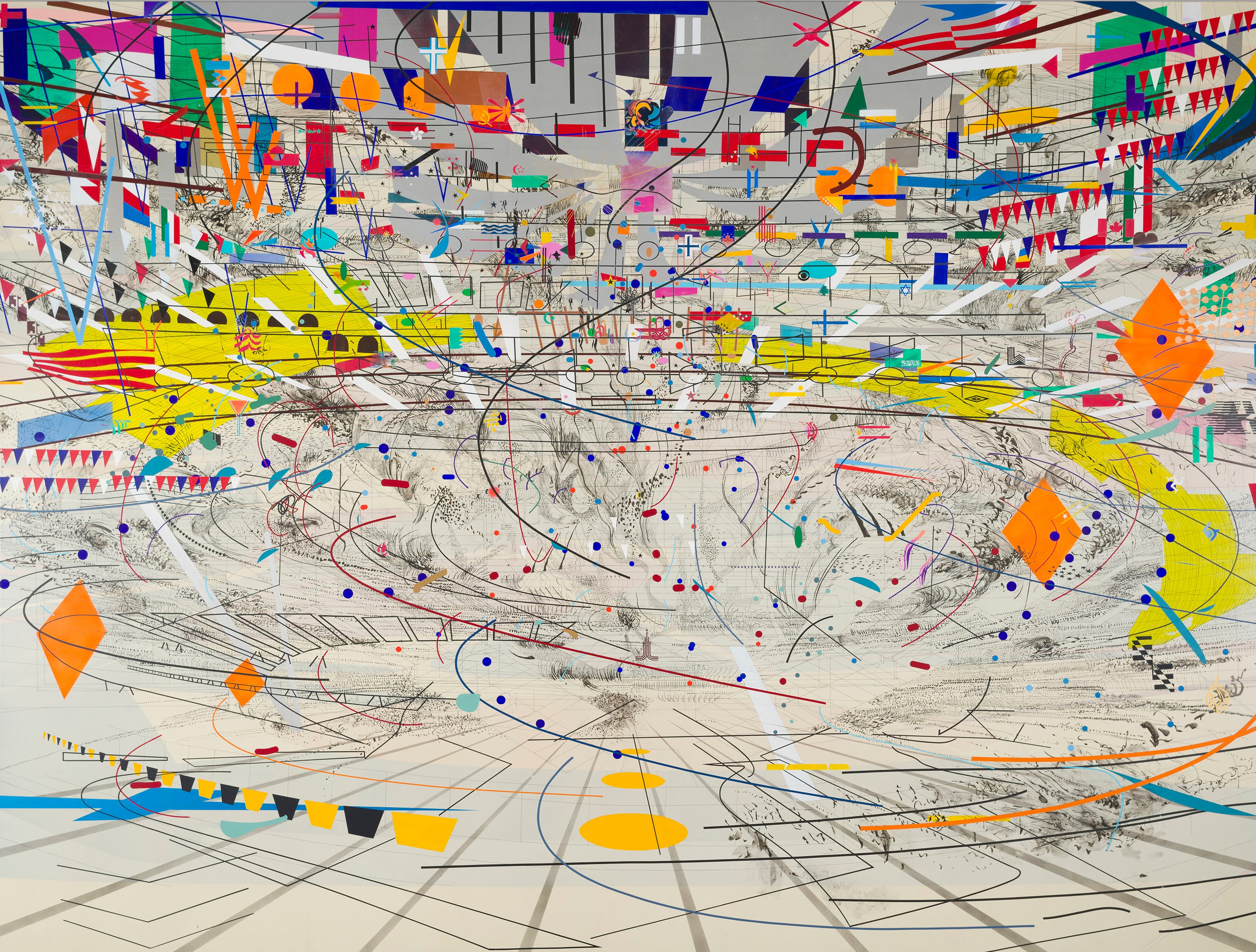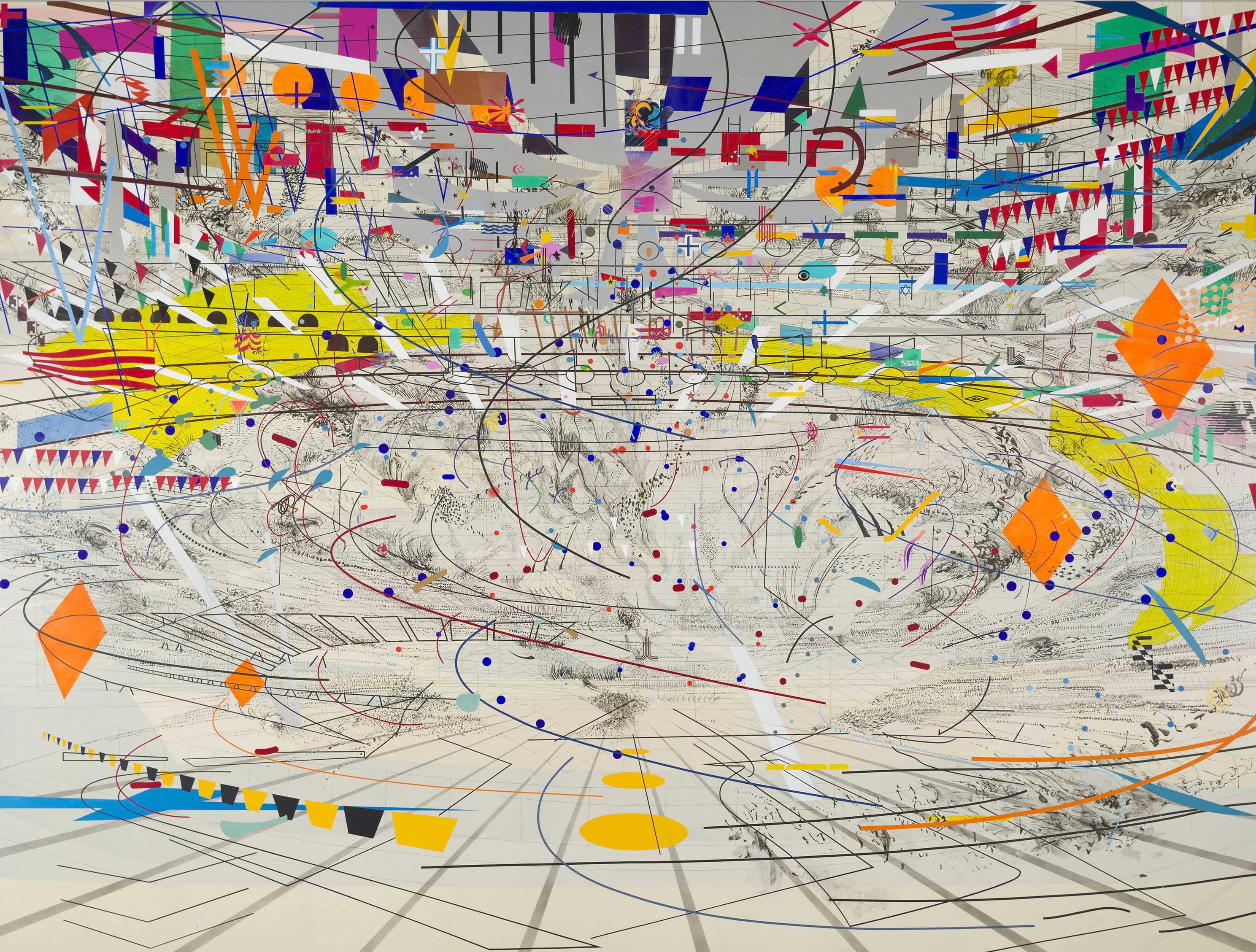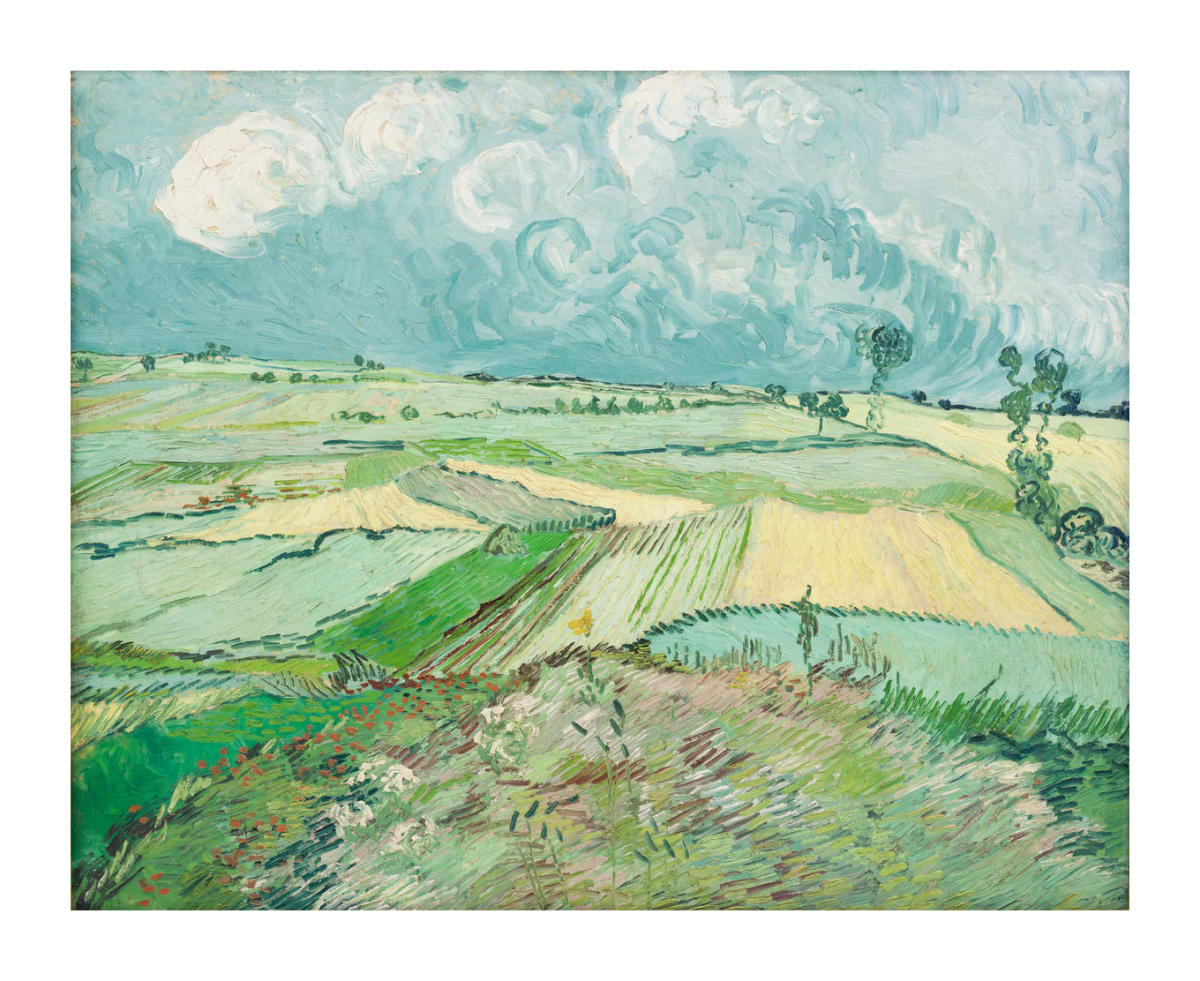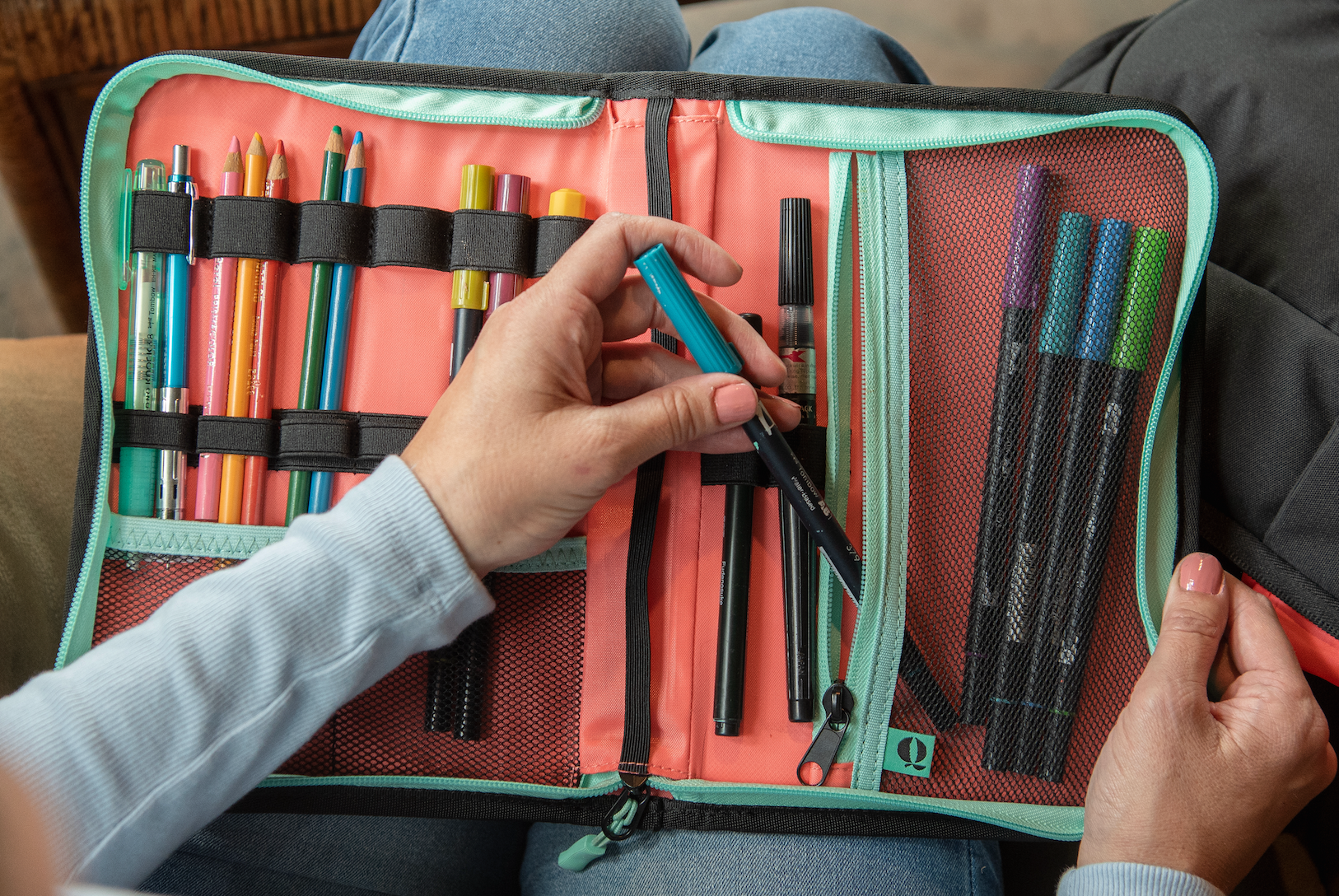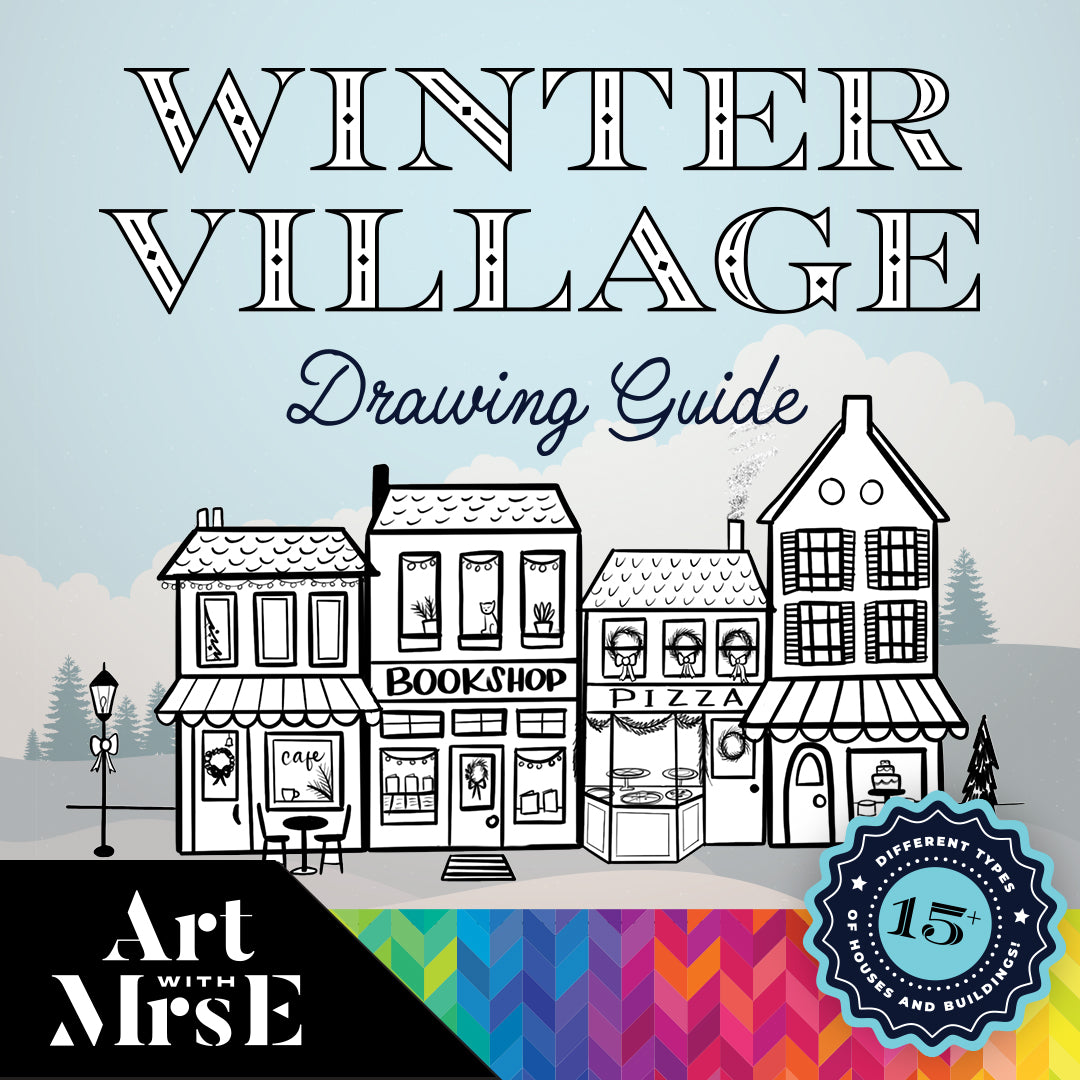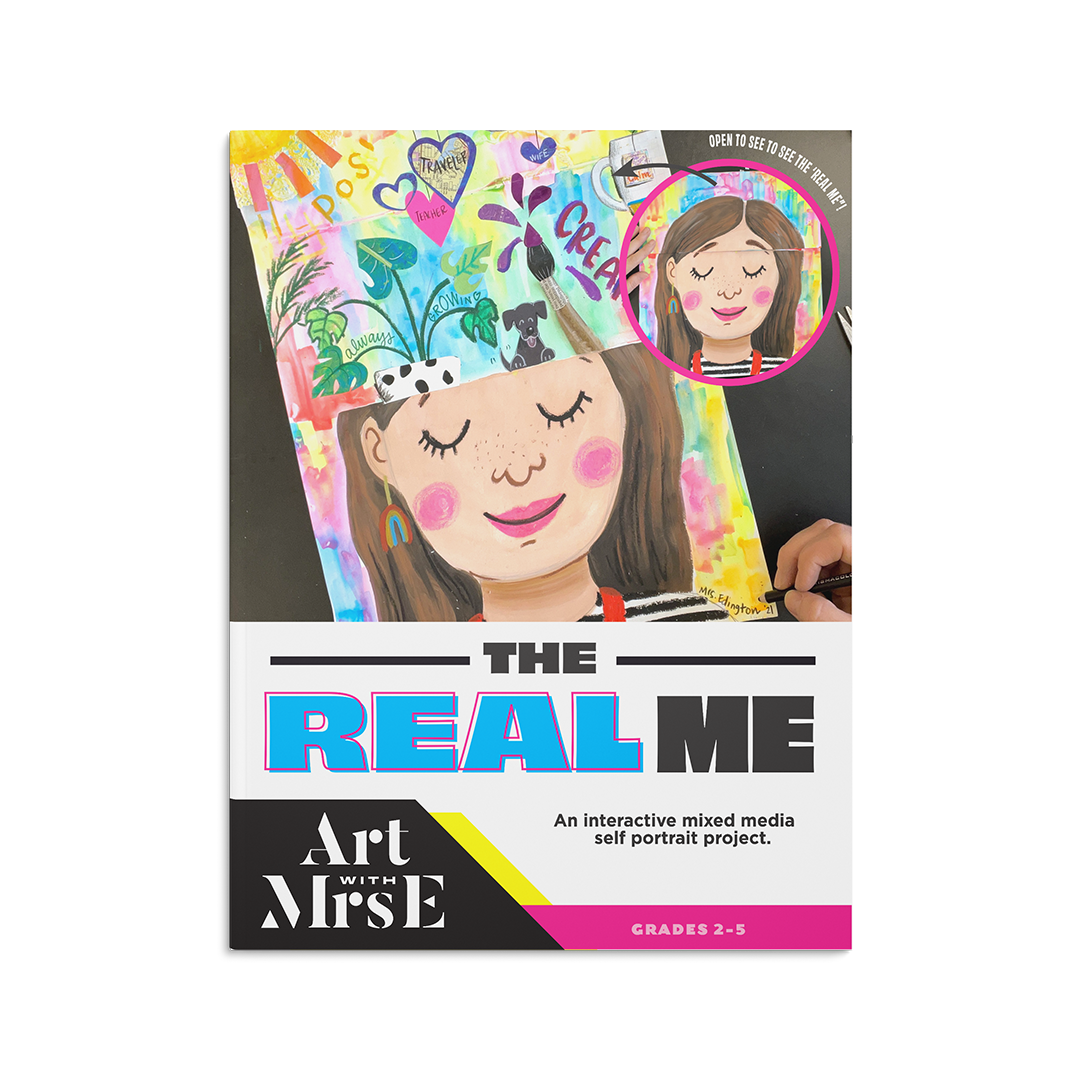I am beyond excited and honored to have partnered with Carnegie Art Museum to share the following information about artwork and events happening at Carnegie Art Museum with you all.
 I've always had a special place in my heart for Carnegie Museum of Art right here in Pittsburgh. Since I was a little girl, I've been wandering through the galleries, marveling at the amazing artwork with wide-eyed wonder. Now, as an art teacher and mom, I'm thrilled to share that same awe-inspiring experience with my own kids and students. You might be thinking, "Wait, aren't art museums just for grown-ups?" Well, not at Carnegie Museum of Art! They've made it incredibly welcoming for everyone, with vibrant branding and lots of kid-friendly activities. I appreciate that they even have a page on their website titled "Welcome Kids!" offering tips to review before and during your visit to help make the museum a favorite destination for your entire family – just click here to check it out!
I've always had a special place in my heart for Carnegie Museum of Art right here in Pittsburgh. Since I was a little girl, I've been wandering through the galleries, marveling at the amazing artwork with wide-eyed wonder. Now, as an art teacher and mom, I'm thrilled to share that same awe-inspiring experience with my own kids and students. You might be thinking, "Wait, aren't art museums just for grown-ups?" Well, not at Carnegie Museum of Art! They've made it incredibly welcoming for everyone, with vibrant branding and lots of kid-friendly activities. I appreciate that they even have a page on their website titled "Welcome Kids!" offering tips to review before and during your visit to help make the museum a favorite destination for your entire family – just click here to check it out!

How Can Children Benefit from Visiting an Art Gallery?
Before we dive into the amazing art on display at Carnegie Museum of Art, I first want to explain just some of the many benefits that children experience when visiting an art gallery. Bringing young children to an art gallery provides a myriad of benefits, cultivating cognitive development through visual literacy and critical thinking. Exposure to diverse artistic expressions fosters creativity, imagination, and cultural awareness, contributing to a child's holistic development. Additionally, such experiences promote family bonding, instill museum etiquette, and lay the foundation for a life-long appreciation of the arts, offering a unique and enriching supplement to formal education. I could go on and on!
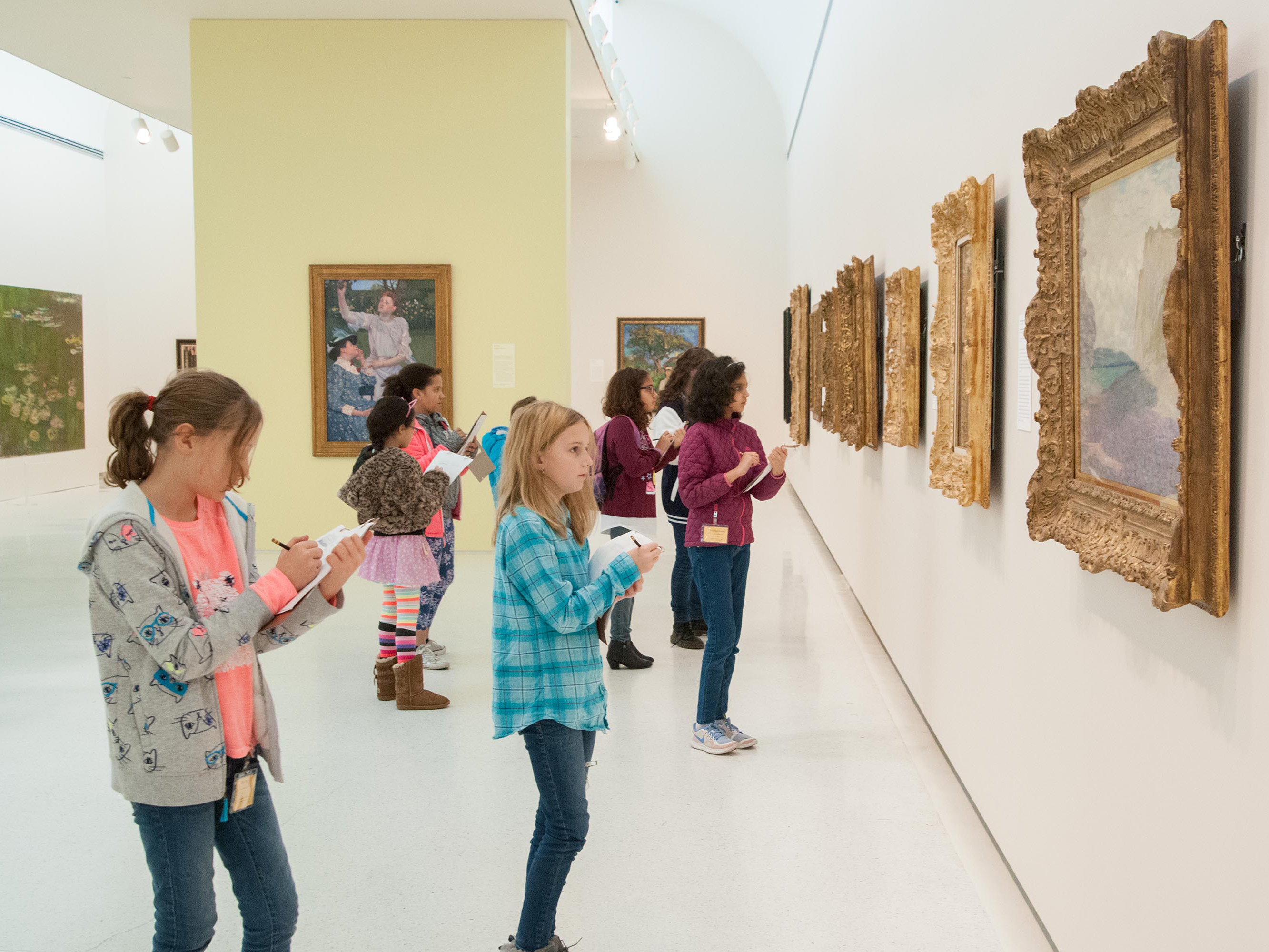
What Exhibit Should We Prioritize In Our Visit?
You could of course spend the entire day at Carnegie Art Museum, however if you are trying to prioritize where you start, I urge you to start with the exhibit What Brings Us Here? It serves as a warm introduction and an exploration of the museum's vast collection, this entry gallery sets the stage with a compelling question: What brings us here? The concept behind the exhibition invites visitors to explore how art shapes perceptions, memories, and understandings of a shared place. Recognizing the museum as a hub for art, conversations, and shared experiences, the exhibit encourages families to delve into the profound connections between art and our understanding of a collective space. Featuring a diverse range of artworks spanning centuries and mediums, What Brings Us Here? provides a unique and enriching journey that celebrates the varied expressions and achievements of artists, offering families multiple entry points to engage with the museum's extensive collection.
Now let’s go ahead and dive into some specific pieces of art that you and children are sure to enjoy!
5 Pieces of Art to Explore with your Children at Carnegie Museum of Art


1. Palettes of Ambition (2022) by El Anatsui
As part of the 57th Carnegie International, Ghanaian artist El Anatsui created the massive sculpture, Three Angles, on the façade of the museum. Now, located right in the Scaife Lobby of Carnegie Museum of Art, this gorgeous, giant sculpture pictured above is sure to grab your attention from the moment you walk in because it almost looks like a big shiny blanket. El Anatsui is like a recycling superhero – he used a plethora of recycled materials like old printing plates, little metal caps, and more to make this incredible masterpiece. One of the most amazing things about this artwork is that it isn't flat – it's like a magical puzzle that turns the shiny metal caps into all sorts of shapes and patterns, allowing it to become 3 dimensional off the wall. This artwork is special because it not only looks amazing, but it also tells a story of how important recycling is and how you can turn old things into something brand new and beautiful. Here are a few questions you can ask your children when viewing Palettes of Ambition:
- Play Detective: What materials did El Anatsui use to make "Palettes of Ambition," and why do you think he chose these specific things?
- Shape Shifters: Look closely at the artwork and tell me about the different shapes and patterns you see. How do you think El Anatsui turned those aluminum caps into such amazing designs?
- Recycling Magic: We know that El Anatsui used old materials to create his artwork. What is an object you use often that could be turned into something cool and artistic instead of being thrown away? What would you make?
2. Stadia II (2004) by Julie Mehretu
Upon entering What Brings Us Here? in the Scaife Gallery, you will immediately be met by the dynamic and captivating piece titled Stadia II by Julie Mehretu. Stadia II is a piece of artwork that resembles a bustling cityscape, with layers of intricate lines, shapes, and vibrant colors converging to create a sense of movement and energy. The painting invites viewers to explore the complexity of a city, with each brushstroke telling a story of the interconnectedness and dynamism within the urban environment. The lines and shapes in Stadia are like pathways where your imagination can run wild. Some parts might look like maps, others like crowds of people, and all of it comes together in a big, vibrant masterpiece. Here are a few questions to ask your children when viewing this piece:
- City Adventures: If Stadia II was a magical city, what kind of adventures do you think you could have there? Look at the lines and shapes – do they remind you of streets, buildings, or maybe even secret hideouts? Can you create your own mini-adventure inspired by this lively and energetic artwork.
- Imagine the Amazing: If you could add something special to Stadia II to make it even more magical, what would it be? Is there a creature, a superhero, or a fantastic mode of transportation that you can imagine zooming through this vibrant artwork?

3. Pittsburgh at Night (1926) by Aaron Henry Gorson
4. Wheat Fields After the Rain (The Plain of Auvers) (1890) by Vincent Van Gogh
Wheat Fields after the Rain (The Plain of Auvers) by Vincent van Gogh is a masterpiece that captures the essence of the French countryside. Van Gogh's expressive brushstrokes bring the wheat fields to life, creating a vivid and textured landscape. The use of bold, bright colors and swirling patterns conveys both the tranquility of the rural scene and the artist's emotional intensity. Here are a few questions to ask children about this piece:
- Nature's Secrets: Look closely at the painting. What do you see in the fields after the rain? Can you find any creatures or special details that Vincent van Gogh might have hidden in the wheat?
- Colors of Emotion: How do the colors in the painting make you feel? Do the bright yellows and greens make you happy, or do the swirling patterns create a sense of excitement? What emotions do you think the artist wanted to share with us?
- Imaginary Adventure: If you could step into this painting and explore the wheat fields, what sounds do you think you might hear? What kind of adventure could you have in this magical countryside? Use your imagination and share your story!

 5. Locating Centers by Sadie Benning
5. Locating Centers by Sadie Benning
Sadie Benning, known for her contributions as both a filmmaker and visual artist, explores the realm of abstract painting in her recent creation, "Locating Centers," showcased at the 2013 Carnegie International. In this series, Benning transforms drawings made on her iPhone into a larger-than-life experience. The intricate process involves scaling up the drawings, meticulously hand-cutting them, and adding layers of paint, allowing us to think about the connections between creating artwork digitally and by hand.
- Digital to Canvas Adventure: Imagine you had a magical phone like Sadie Benning, and you could draw something fantastic on it. What would you draw, and how would it look if you turned it into a big, colorful painting like "Locating Centers"?
- Analog vs. Digital Journey: Think about your favorite drawings or paintings. Do you usually create them on paper with pencils, or do you like using digital tools like tablets? How do you think Sadie Benning's artwork, which started on an iPhone, is similar or different from the drawings you make?
These are only SOME of the incredible artwork you can share with the whole family at Carnegie Museum of Art. Remember, as Keith Haring says "Art is for Everyone" so don't be afraid to share the magic of the arts with your whole family! To learn more about the art and events at Carnegie Museum of art, click here!
